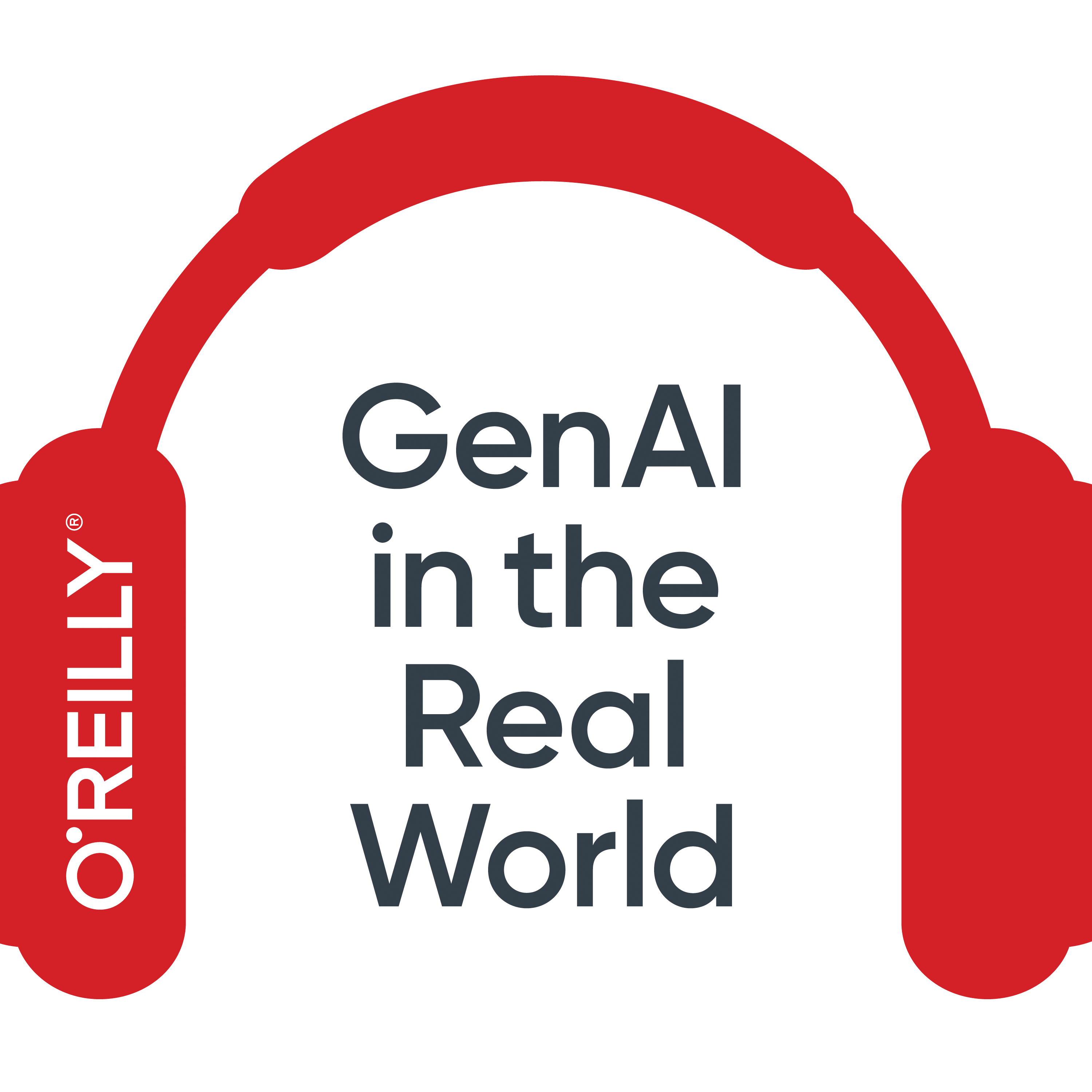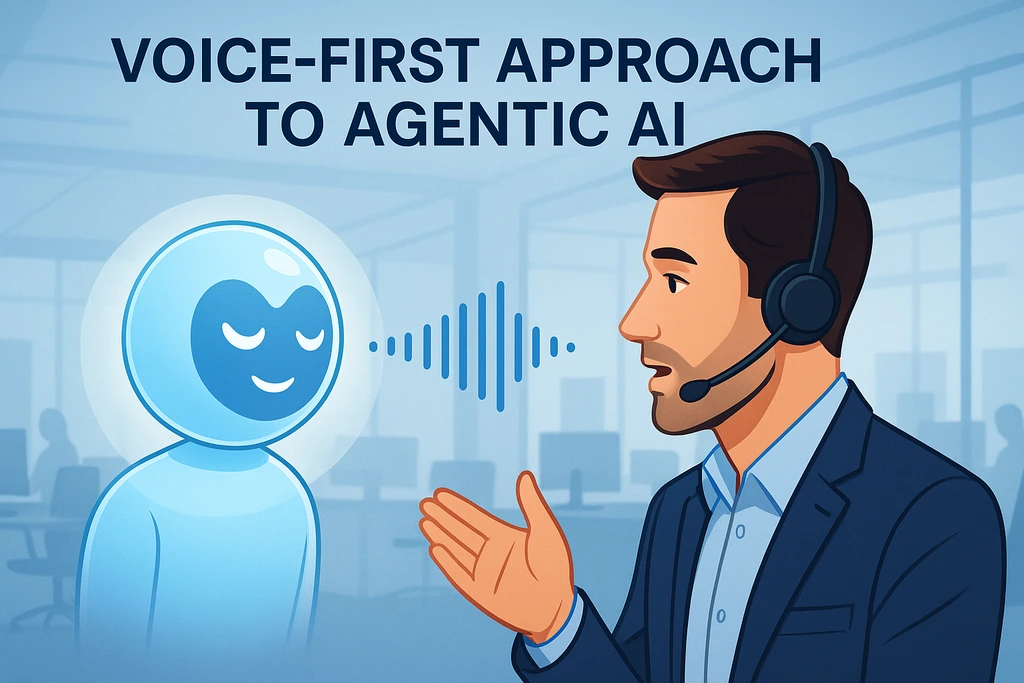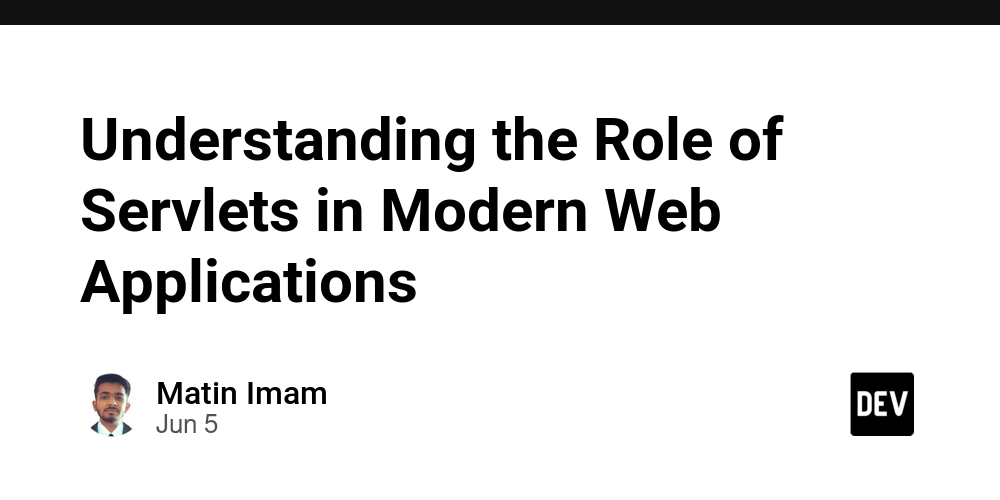From Chaos to Clarity: Making Your Data AI-Ready
A gold rush causes people to miss their mark. I’ve often heard that when there is a gold rush happening, sell shovels, sifts, and maps. Today the equivalent is selling Large Language Models (LLMs) and AI-Agents. While these models and agents deliver on their promises, in order to work for any real world organization they need data, and not just any data, but clean, structured and well documented data. Many organizations are discovering an uncomfortable truth: their data isn't ready for the AI revolution. Not unlike inviting a master chef to your kitchen only to realize you've stocked the pantry with expired ingredients and unlabeled spices. No matter how sophisticated your AI tools are, they can't create gourmet insights from spoiled data. The Data Quality Crisis: Why Your AI Projects Are Struggling Picture this: Your organization has invested millions in cutting-edge AI solutions. The executive team is eagerly awaiting the transformative insights promised in the sales pitch. But months later, your AI initiatives are stalling, producing unreliable results, or failing to launch entirely. Sound familiar? You're not alone. According to industry research, approximately 73% of AI projects struggle or fail completely, and poor data quality is often the primary culprit. The Real Cost of Dirty Data Bad data isn't just an inconvenience—it is expensive and not just in time and IT costs. When you compile the lost opportunity costs Organizations lose an estimated 15-25% of their revenue due to poor data quality, with further unquantifiable losses in opportunities and insights. Slow and steady. The best way to adopt any technology is with a clear head. By rushing technology into data that isn’t ready, you risk damaging customer trust and losing your competitive edge.Make sure your organization understand clean objects and limitations of new technologies as you move forward. The Journey to AI-Ready Data: A Roadmap Step 1: Conduct a Data Quality Audit Before diving into AI adoption, take stock of your current data landscape. Like a chef picking out quality ingredients during prep and before service, your data quality audit should examine: Completeness: Are there missing values in critical fields? Accuracy: Does your data reflect reality? Consistency: Does the same information appear differently across systems? Timeliness: How current is your data? Relevance: Does your data actually connect to the business problems you're trying to solve? Step 2: Establish Data Governance (The Fun Way!) Think of it as establishing the "rules of the road" or “kitchen hierarchy” for your organization's most valuable asset. Effective governance includes: Data Stewardship: Appoint "Data Champions" across departments who advocate for quality, Clear Ownership: Define who is responsible for what data (no more "that is not my problem" syndrome), Quality Standards: Create specific, measurable criteria for "good data," Documentation: Build a data dictionary that even non-technical staff can understand. Pro Tip: Gamify your governance! Create friendly competition between departments for data quality improvements, with real rewards for teams that excel. Step 3: Implement Automated Data Cleaning Processes Manual data cleaning is like trying to empty the ocean with a teaspoon—technically possible but wildly impractical. Automation is essential: Data Validation Rules: Set up guardrails that prevent bad data from entering your systems, Standardization Routines: Automatically format addresses, phone numbers, and other common fields, Deduplication Tools: Identify and merge duplicate records, Outlier Detection: Flag statistically improbable values for human review, Data Enrichment: Automatically supplement internal data with trusted external sources. Step 4: Create a Continuous Improvement Cycle Data quality is not a one-time project, but an ongoing discipline. Establish: Regular Quality Metrics: Monitor and share data quality scores across the organization, Feedback Loops: Make it easy for users to report data issues, Root Cause Analysis: Don't just fix errors—understand why they occurred, Regular Training: Ensure everyone understands their role in maintaining data quality. Real-World Success Stories: Data Cleaning Hero Paying for Storage The most common problem we encounter is companies paying tens of thousands to hundreds of thousands of dollars a month to maintain and store data that they are not gaining anything from. By understanding what data your organization needs to collect versus what they are collecting you can start saving your company money. From this money savings you can invest in data engineers and data scientists that can not only manage and organize data but can glean critical business insights that can multiply earnings and profits. One of our early customers, a major retail chain, discovered they

A gold rush causes people to miss their mark. I’ve often heard that when there is a gold rush happening, sell shovels, sifts, and maps. Today the equivalent is selling Large Language Models (LLMs) and AI-Agents. While these models and agents deliver on their promises, in order to work for any real world organization they need data, and not just any data, but clean, structured and well documented data.
Many organizations are discovering an uncomfortable truth: their data isn't ready for the AI revolution. Not unlike inviting a master chef to your kitchen only to realize you've stocked the pantry with expired ingredients and unlabeled spices. No matter how sophisticated your AI tools are, they can't create gourmet insights from spoiled data.
The Data Quality Crisis: Why Your AI Projects Are Struggling
Picture this: Your organization has invested millions in cutting-edge AI solutions. The executive team is eagerly awaiting the transformative insights promised in the sales pitch. But months later, your AI initiatives are stalling, producing unreliable results, or failing to launch entirely.
Sound familiar? You're not alone.
According to industry research, approximately 73% of AI projects struggle or fail completely, and poor data quality is often the primary culprit.
The Real Cost of Dirty Data
Bad data isn't just an inconvenience—it is expensive and not just in time and IT costs. When you compile the lost opportunity costs Organizations lose an estimated 15-25% of their revenue due to poor data quality, with further unquantifiable losses in opportunities and insights.
Slow and steady. The best way to adopt any technology is with a clear head. By rushing technology into data that isn’t ready, you risk damaging customer trust and losing your competitive edge.Make sure your organization understand clean objects and limitations of new technologies as you move forward.
The Journey to AI-Ready Data: A Roadmap
Step 1: Conduct a Data Quality Audit
Before diving into AI adoption, take stock of your current data landscape. Like a chef picking out quality ingredients during prep and before service, your data quality audit should examine:
- Completeness: Are there missing values in critical fields?
- Accuracy: Does your data reflect reality?
- Consistency: Does the same information appear differently across systems?
- Timeliness: How current is your data?
- Relevance: Does your data actually connect to the business problems you're trying to solve?
Step 2: Establish Data Governance (The Fun Way!)
Think of it as establishing the "rules of the road" or “kitchen hierarchy” for your organization's most valuable asset. Effective governance includes:
- Data Stewardship: Appoint "Data Champions" across departments who advocate for quality,
- Clear Ownership: Define who is responsible for what data (no more "that is not my problem" syndrome),
- Quality Standards: Create specific, measurable criteria for "good data,"
- Documentation: Build a data dictionary that even non-technical staff can understand.
- Pro Tip: Gamify your governance! Create friendly competition between departments for data quality improvements, with real rewards for teams that excel.
Step 3: Implement Automated Data Cleaning Processes
Manual data cleaning is like trying to empty the ocean with a teaspoon—technically possible but wildly impractical. Automation is essential:
- Data Validation Rules: Set up guardrails that prevent bad data from entering your systems,
- Standardization Routines: Automatically format addresses, phone numbers, and other common fields,
- Deduplication Tools: Identify and merge duplicate records, Outlier Detection: Flag statistically improbable values for human review,
- Data Enrichment: Automatically supplement internal data with trusted external sources.
Step 4: Create a Continuous Improvement Cycle
Data quality is not a one-time project, but an ongoing discipline. Establish:
- Regular Quality Metrics: Monitor and share data quality scores across the organization,
- Feedback Loops: Make it easy for users to report data issues, Root Cause Analysis: Don't just fix errors—understand why they occurred,
- Regular Training: Ensure everyone understands their role in maintaining data quality.
Real-World Success Stories: Data Cleaning Hero
Paying for Storage
The most common problem we encounter is companies paying tens of thousands to hundreds of thousands of dollars a month to maintain and store data that they are not gaining anything from. By understanding what data your organization needs to collect versus what they are collecting you can start saving your company money.
From this money savings you can invest in data engineers and data scientists that can not only manage and organize data but can glean critical business insights that can multiply earnings and profits.
One of our early customers, a major retail chain, discovered they had over 30% duplicate customer records in their database. After implementing an enterprise-wide data cleaning initiative, they not only eliminated the duplicates but also discovered $230,000 in yearly cost savings. These duplicates were later diagnosed as missed upselling opportunities by correctly streamlining duplicate customer purchase histories.
Getting Started: Your 30-Day Data Readiness Plan
Ready to prepare your data for AI success? Here is your first month's action plan:
Take our AI Readiness Questionnaire at aireadycompass.com
Enter for your chance to win during our May 2025 draw!
Conclusion: Data Quality as Competitive Advantage
In the AI era, clean, well-structured data is nott just a technical requirement—it is a strategic asset that creates sustainable competitive advantage. Organizations that master data quality will see their AI investments pay dividends, while those that neglect it will continue to wonder why their competitors continue to gain market share.
Remember: The most sophisticated AI in the world can't overcome the limitations of poor-quality data. Make data readiness the foundation of your AI strategy, and you'll be positioned for success in the intelligence revolution.
About the Author: Marcus is a data strategy consultant specializing in helping organizations prepare their data infrastructure for AI adoption.














































































































































































![[The AI Show Episode 156]: AI Answers - Data Privacy, AI Roadmaps, Regulated Industries, Selling AI to the C-Suite & Change Management](https://www.marketingaiinstitute.com/hubfs/ep%20156%20cover.png)
![[The AI Show Episode 155]: The New Jobs AI Will Create, Amazon CEO: AI Will Cut Jobs, Your Brain on ChatGPT, Possible OpenAI-Microsoft Breakup & Veo 3 IP Issues](https://www.marketingaiinstitute.com/hubfs/ep%20155%20cover.png)












































































































































































































































.jpg?width=1920&height=1920&fit=bounds&quality=70&format=jpg&auto=webp#)
























_Michael_Burrell_Alamy.jpg?width=1280&auto=webp&quality=80&disable=upscale#)





























































































































































































